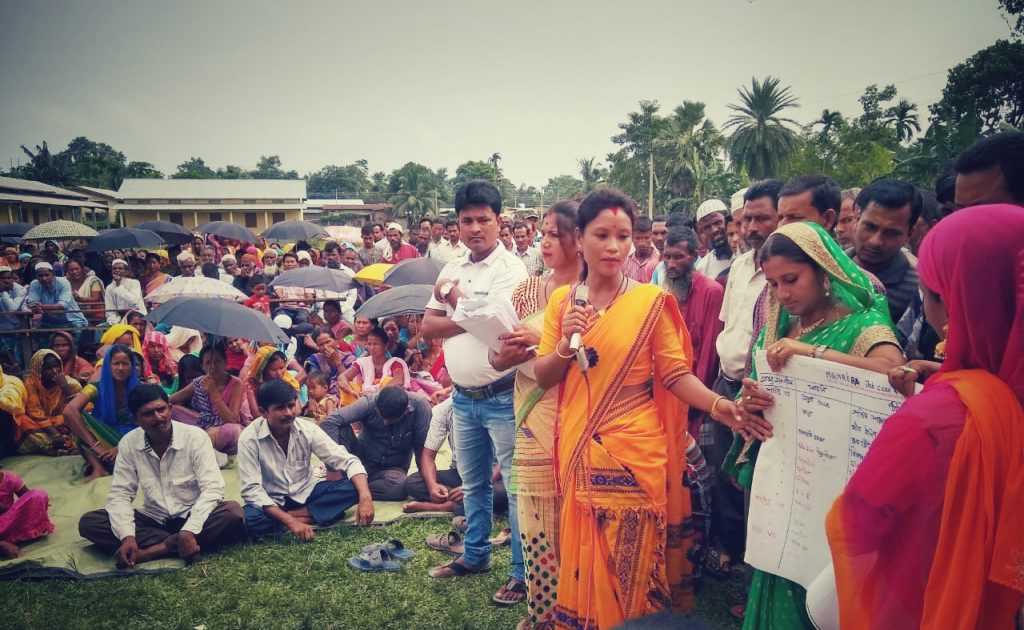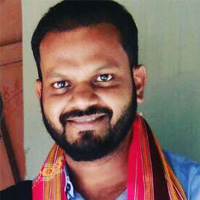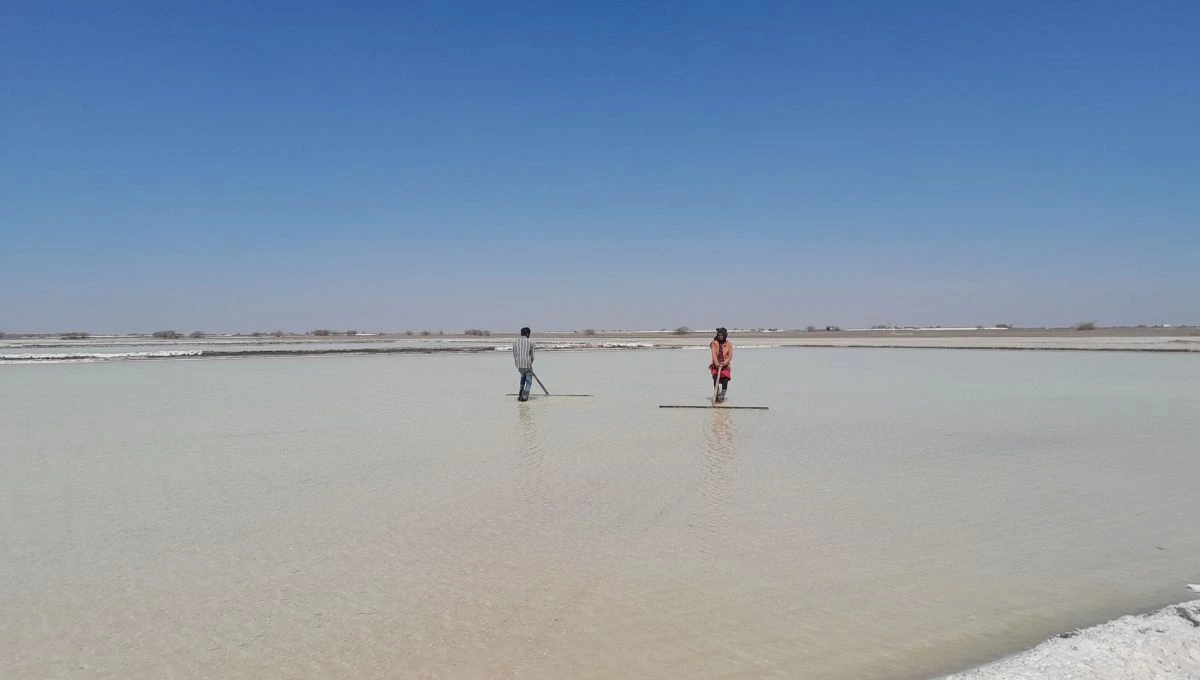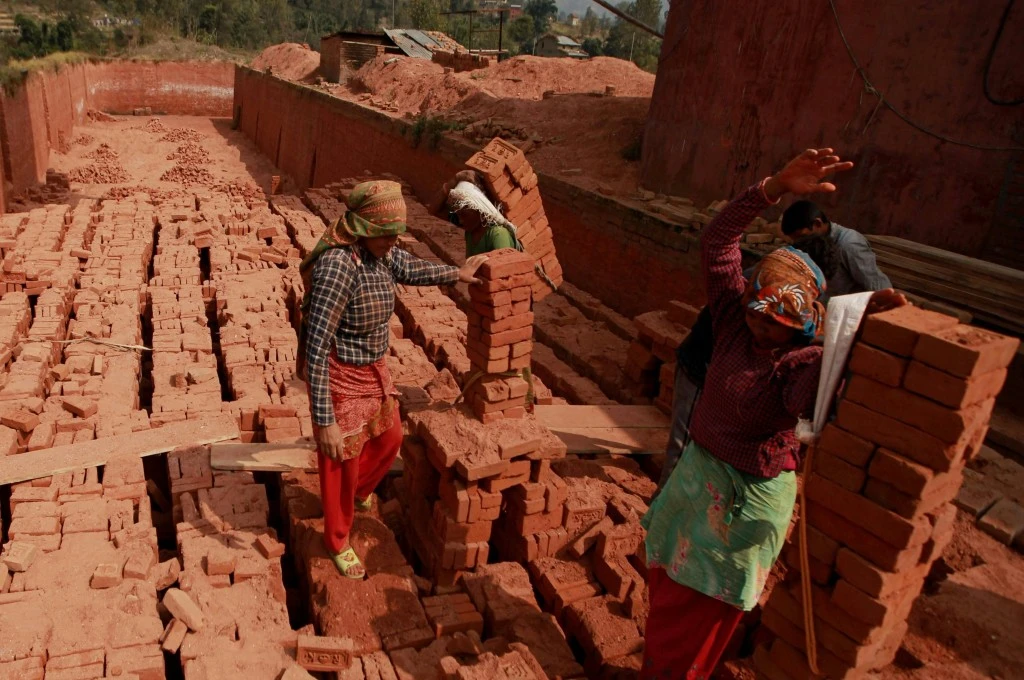Kudumbashree, the poverty eradication programme launched by the Government of Kerala in 1998 comprised neighbourhood groups (NHG) that were destined to be more than just thrift and credit agencies; the goal was to have them be forums for planning and development within the gram panchayat.
As a result, unlike most self-help groups (SHGs) across India, which focussed just on financial empowerment, the NHGs in Kudumbashree were considered as development agents within the gram panchayats right from the beginning of the programme.
Just increasing incomes can only take the communities so far
Women from NHGs were expected to work in unison with the gram panchayats and the line departments in the government to further the agenda of community action and development.

This model was built upon the understanding that poverty reduction entails not just access to finance for women, but also possessing the capability to engage in public action.
Poverty reduction entails not just access to finance for women, but also possessing the capability to engage in public action.
In 2012, the Government of India rolled out the National Rural Livelihood Mission (NRLM) which became its flagship programme for poverty alleviation through mobilisation of women into SHGs for better credit access through savings and banks.
Like Kudumbashree, the real objective of NRLM SHGs was not just to improve access to credit for women but to also use the social capital of the women’s collective for greater democratic participation.
Related article: Power to the people–the journey of Panchayati Raj Institutions
NRLM is supposed to converge with other poverty alleviation schemes run by the government that address issues like health, nutrition, sanitation housing, food security, et al. There is also a huge rights component involved—women have a right to these schemes. They are not supposed to be handouts. But unfortunately the perception amongst people is that these schemes are a favour by the government for the people. For these schemes to be effective, this perception has to change. The question is how can this be changed?

The goal is empowerment and an improvement in the lives of the people
The process of encouraging SHGs to move beyond just providing access to credit to getting them to understand their rights and avail of their entitlements happens over a period of time. One way to do this is to get them to be involved in the activities of the gram panchayat and to have a say in the local development process. And while there are challenges in making this happen, which we will cover later in this article, this participation is critical to improving the lives of the families and the communities.
Building the democratic capability of SHGs includes the capability to organise, plan, participate, protest, contest, agitate, express dissent, confront, articulate, raise demands and hold panchayats and institutions to account.
Doing this gives women greater access to the schemes and programmes of the panchayats, an opportunity to articulate their demands and ask for their rights, and a space to advance the interests of their families and communities.

Village organisations presenting their plan to be included into the GPDP plan, Salpara Gram Panchayat, Nagaon district | Photo courtesy: Manu Sankar
The Mazrowmari Gram Panchayat in Dhekiajuli in Assam, with Assamese, Bodo, Nepali and tribal populations is a case in point. The village had several households that did not have electricity. The SHG raised this issue with the gram panchayat, which requested the SHG to undertake a survey of the households; the survey revealed that 400 households did not have electricity.
Armed with this data, the panchayat and the SHG network approached the sub-divisional officer at the district with the list; a few days later electricity connections were provided to all the households.
The local governments stand to gain as well
For the panchayats, it is an opportunity to improve their service delivery using the huge social capital of the SHG.
Panchayats stand to improve their service delivery using the huge social capital of the SHG.
We know that good governance cannot be achieved without effective and efficient public administration and service delivery systems. However, these systems are ineffective in an environment characterised by lack of basic freedoms, lack of respect for the rule of law, democratic practices, transparency and participation. Only if there are enabling environments to practise the above values, can local governance function.
Related article: Promoting women in grassroots governance: Strategies that work
Consider the case of Aawa Gram Panchayat in Sangod, Rajasthan: They were finding it difficult to implement the flagship programme of Swacch Bharat Mission in their village; the major reasons were the lack of awareness about the scheme and the difficulty in bringing about a change in attitude among the people towards using toilets.
With support from the panchayat, the local SHG started conducting awareness campaigns and providing bridge funding for toilet construction from their federation to 159 households in the village. The village has been now declared open defecation free, because of the efforts of the SHG.
The involvement of the SHG works well for the panchayat leadership as well since it shows them in good light as they are able to implement government schemes and highlight their achievements.
This Panchayat Raj Institutions—Community based organisations (the CBO in the above cases are the local SHGs) convergence model that was designed and deployed to address the above needs—community empowerment and better delivery of government services—draws extensively from the specific experience of Kudumbashree’s poverty eradication programme in the state of Kerala.
Kudumbashree’s three-tier community structure works closely with the PRIs in local-level planning and implementation, identification of beneficiaries and dissemination of information to the community. The SHGs in turn are equipped with various tools, activities and training modules so that they can drive the agenda of local development, take responsibility of service delivery, undertake programme delivery and ensure overall participation in the governance processes.
The journey has had its challenges for the SHGs
One of the foremost challenges that women in the SHGs face is resistance from their local panchayats. A great deal of work goes into getting the gram panchayats to acknowledge and accept the women in the SHG as rights holders and their federations as active citizen bodies that have an equal say in local development.
Even getting the acceptance of the society has not been easy since they are not used to rural women armed with knowledge and information interacting with government officials and having a say in the development affairs of the village.
Society is not used to rural women armed with knowledge and information interacting with government officials and having a say in the development affairs of the village.
Initially there was resistance from families. The women were accused of ignoring household work and entering public affairs. However, over time, husbands and other family members have begun supporting their women after they see the respect and acceptance their wives receive in the community.
The benefits of this participatory democracy is however huge. Gram panchayats and women’s collectives working together across various states in India have triggered community-level innovations instrumental in addressing local development issues.
This process of participatory democracy acts as a check for concentration of power and decision-making in the hands of the few, since it acts as a balancing force on gram panchayats and gives communities a stake in the planning and implementation of delivery of schemes, allocation of resources and formulation of local development plans.




